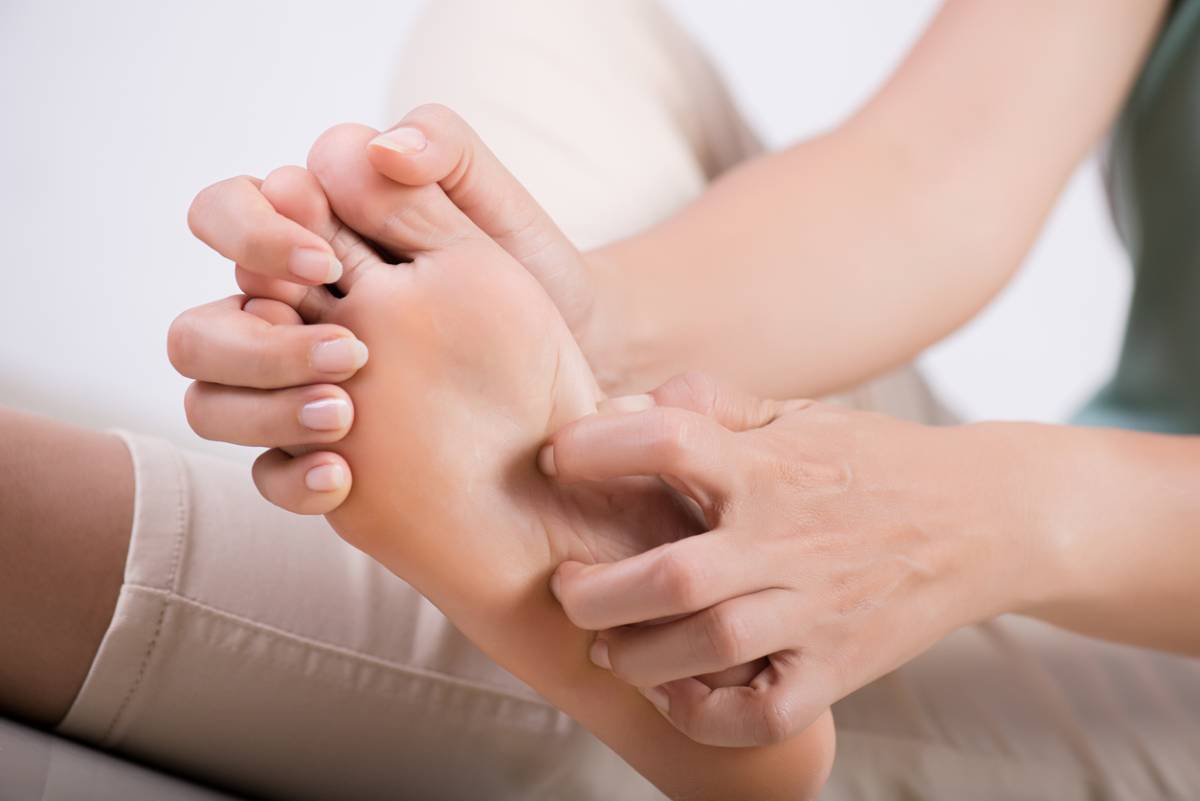The name itself implies that athlete’s foot is something athletes experience. You may wonder, can non-athletes get athlete’s foot? Despite the name, non-athletes can get athlete’s foot. The condition is a contagious fungal infection that can impact the skin on your feet whether you are an athlete or not. Below you will find some helpful information on the condition and what treatments can address the issue.
Can Non-Athletes Get Athlete’s Foot?
The condition is a contagious fungal infection that can impact the skin on your feet and toenails. It can also impact your hands and nails, but it is more often found on your feet. The condition can be difficult to cure without medical intervention, which is why athlete’s foot treatment in LA is necessary.
Athlete’s foot is caused when a certain fungus grows on your feet. The fungus related to athlete’s foot is called tinea fungus. The fungus can be transferred from person to person, or if you touch surfaces that have been contaminated by the fungus. It most often impacts your feet as the fungus grows rapidly in moist and warm environments. While the condition can impact anyone, certain factors place you at a higher risk.
- Wearing tight shoes (as it increases your risk of sweaty feet);
- Going barefoot in public places (especially wet areas like public pools and locker rooms);
- Not wiping off your feet after the shower or after you get wet; and
- Sharing footwear with others.
Prevention of Athlete’s Foot
It’s best to avoid athlete’s foot if possible. Take preventative steps to ensure you stay free from athlete’s foot. This includes keeping your toenails short and clean. You should also wash your feet daily and dry them off as soon as you get out of the shower. Wet feet can be a breeding ground for fungus. You should also wear shoes in public and sandals in community spaces, such as showers, pools, or locker rooms. Because you can contract athlete’s foot through hard surfaces, it’s important to protect your feet. If you sweat a lot, wear breathable shoes and avoid letting your feet stay in moist and warm environments. It’s important to focus on keeping your feet dry to avoid the spread of athlete’s foot.
Symptoms of Athlete’s Foot
Athlete’s foot can be accompanied by a variety of symptoms. Below are some of the most common symptoms that should alert you to call a podiatrist for treatment.
- Toenails that pull away from your nail bed
- Dry skin on the soles or sides of your feet
- Itchy blisters on your feet
- Toenails discolored, thick, and crumbly
- Raw skin on your feet
- Itching, stinging, and burning on the soles of your feet and between your toes
- Skin that cracks and peels between your toes and on the soles of your feet
Treatment for Athlete’s Foot
If you are concerned you may have athlete’s foot, contact a podiatrist in Los Angeles. They can provide you with treatment options and get rid of your athlete’s foot. While a podiatrist can often determine whether you have athlete’s foot by examining your foot, they will most likely take samples of the fungus to determine which treatment option is best for you. This helps determine which fungus is causing your symptoms and can rule out other issues such as dermatitis or psoriasis. Once the podiatrist determines the type of fungus causing the issue, they will prescribe either a topical or oral antifungal medication to treat the issue. Topical medications are the most common, but oral medications are used in stubborn cases of athlete’s foot.


